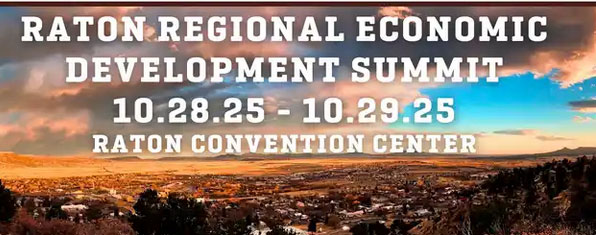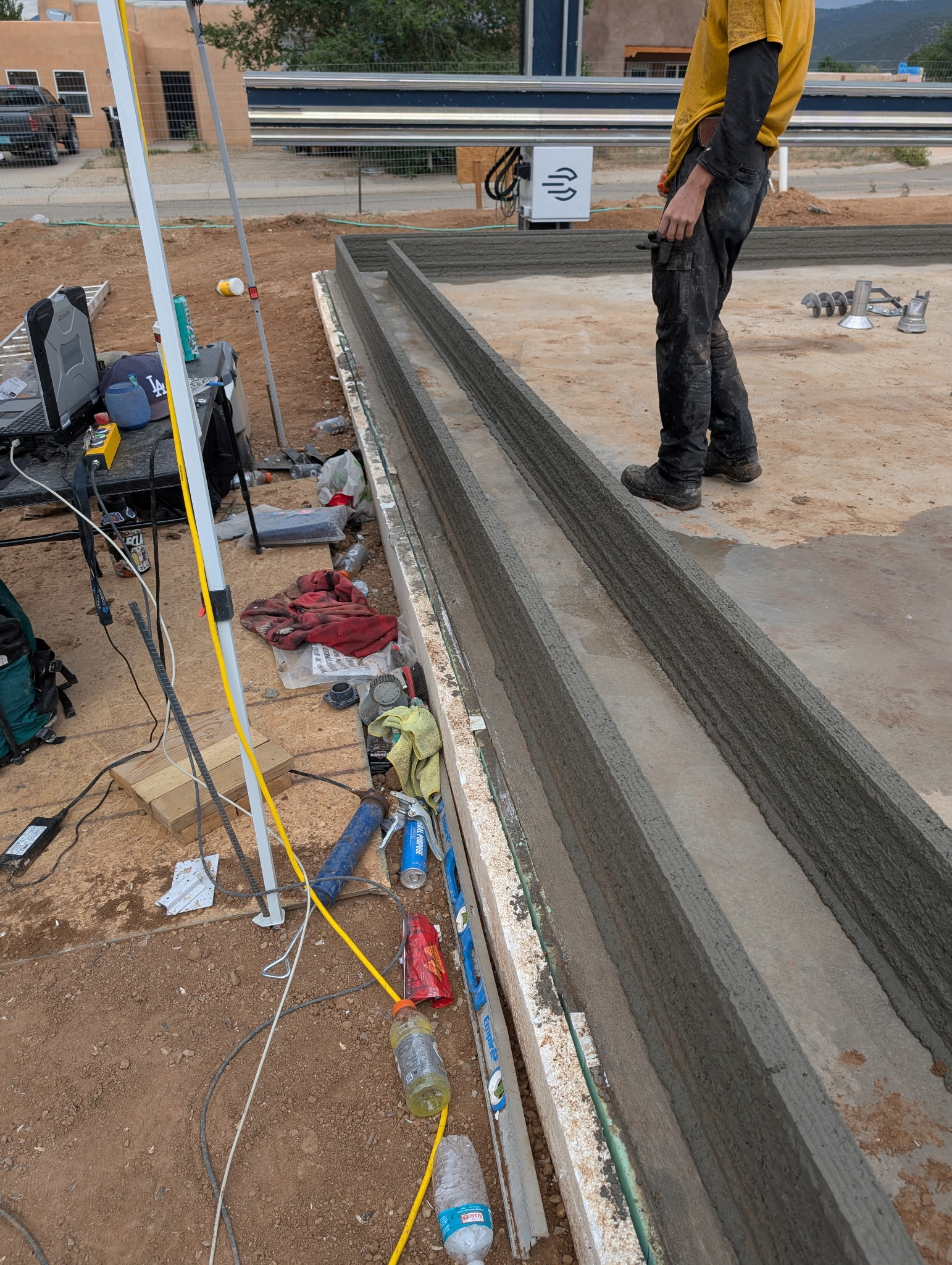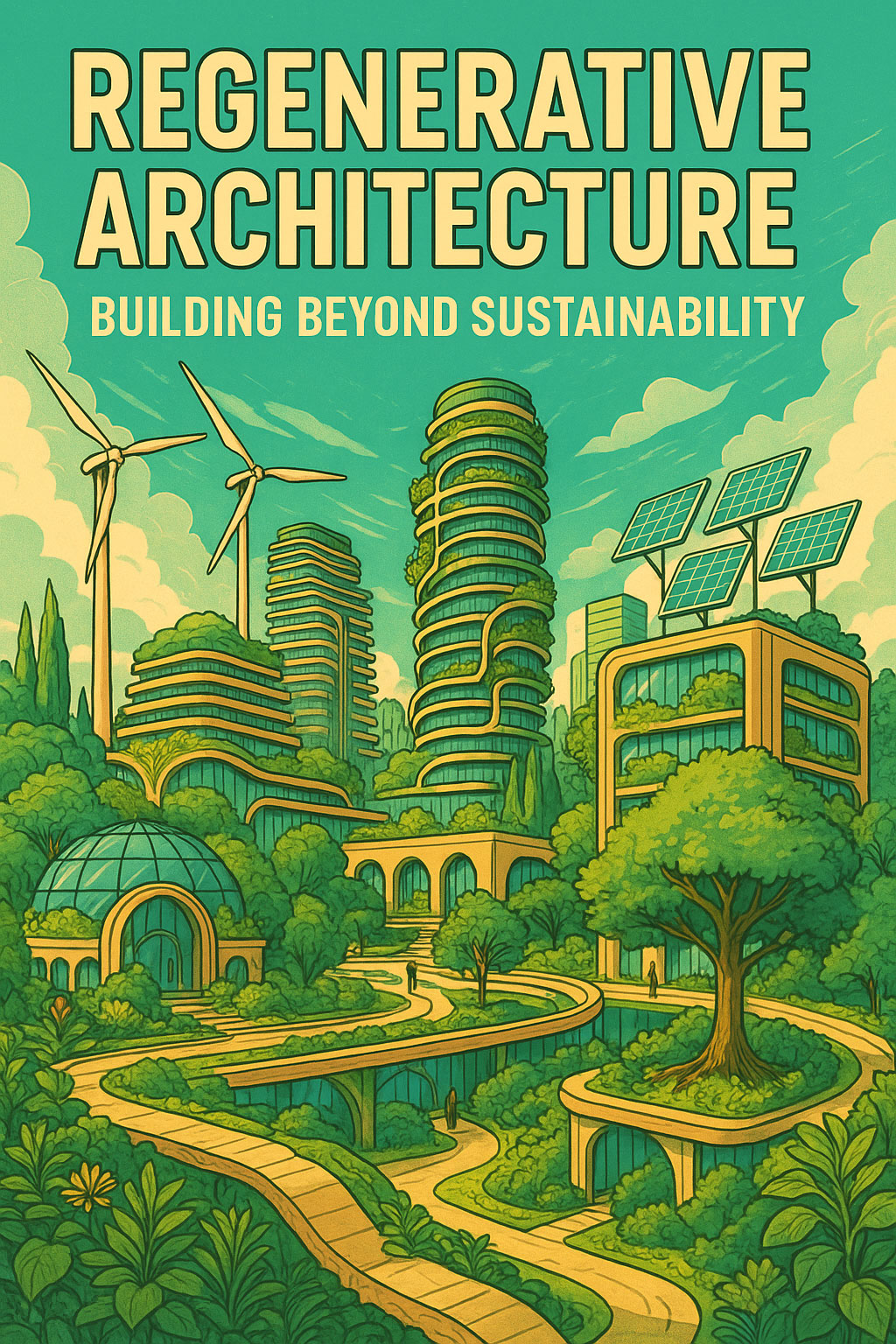In March 2025, the Taos County Board of Commissioners unanimously passed Resolution 2025-14, officially adopting the Taos County Housing Manual as the governing document for all county-supported affordable housing programs. This resolution formalizes the policies and procedures for eligibility, financing, occupancy, resale, and monitoring of affordable housing projects funded or facilitated by the County.
At Pangea Biotecture and Pangea Academy, we applaud this formalization as a long-needed step toward standardization, transparency, and accountability in the administration of affordable housing. However, as designers, builders, and community advocates dedicated to regenerative housing and equity, we also see opportunities for growth.
Where the Housing Manual Hits the Mark
1. Formal Adoption of Guidelines
The adoption of a comprehensive housing manual gives structure and predictability to both public and private actors engaged in the development of affordable housing. This helps:
-
Streamline compliance
-
Increase investor confidence
-
Clarify rights and obligations for future homeowners
2. Commitment to Monitoring and Oversight
By emphasizing long-term stewardship, the manual lays the groundwork for preventing misuse or speculative turnover of affordable units, an essential protection in a high-demand housing market like Taos.
3. Legal Transparency
The recording of this resolution ensures that all housing program operations are on public record, giving residents, developers, and institutions equal access to the rules of engagement.
Where Process and Implementation Can Improve
While we celebrate the County’s intent and leadership, several opportunities for refinement remain, especially from the lens of innovation, community-led development, and environmental justice:
1. Lack of Specificity in Building Standards
The manual remains largely silent on how units should be built, focusing instead on financial qualifications and occupancy limits. In the face of climate and affordability crises, we urge inclusion of:
-
Passive solar design standards
-
Renewable energy requirements
-
Greywater and rainwater reuse incentives
-
Materials health and embodied carbon assessments
2. No Explicit Incentives for Regenerative or Off-Grid Construction
Although the manual enables development at scale, it does not yet reward or even recognize regenerative practices. Future updates could include:
-
Points-based developer scoring for regenerative performance
-
Expedited permitting for off-grid solutions
-
Grants or density bonuses for net-zero housing projects
3. Community Involvement in Policy Evolution
While the resolution was adopted publicly, ongoing community engagement should be institutionalized. We recommend:
-
Annual housing forums
-
A rotating advisory council of residents, builders, and designers
-
Public dashboards showing performance against affordability and sustainability metrics
4. Education and Accessibility
The manual is currently not accompanied by plain-language guides, visuals, or orientation programs for applicants or first-time buyers. For maximum impact:
-
Illustrated handbooks
-
Online tutorials
-
Partner workshops (which Pangea Academy is eager to help deliver)
Our Call to Action
At Pangea, we believe that affordable housing is not only a numbers game, it is a values-driven mission. We commend the County for adopting Resolution 2025-14 and now invite the next chapter: co-creating a regenerative future that balances affordability, ecology, and cultural preservation.
We remain committed to collaborating with local government, nonprofit partners, and landowners to:
-
Build homes that are both affordable and ecological
-
Empower local families through education and participation
-
Embed regenerative standards into future housing policies
If you are a resident, policymaker, or builder interested in joining this conversation, contact us at info@pangeabuild.com or attend one of our community housing workshops this season.







Leave A Comment